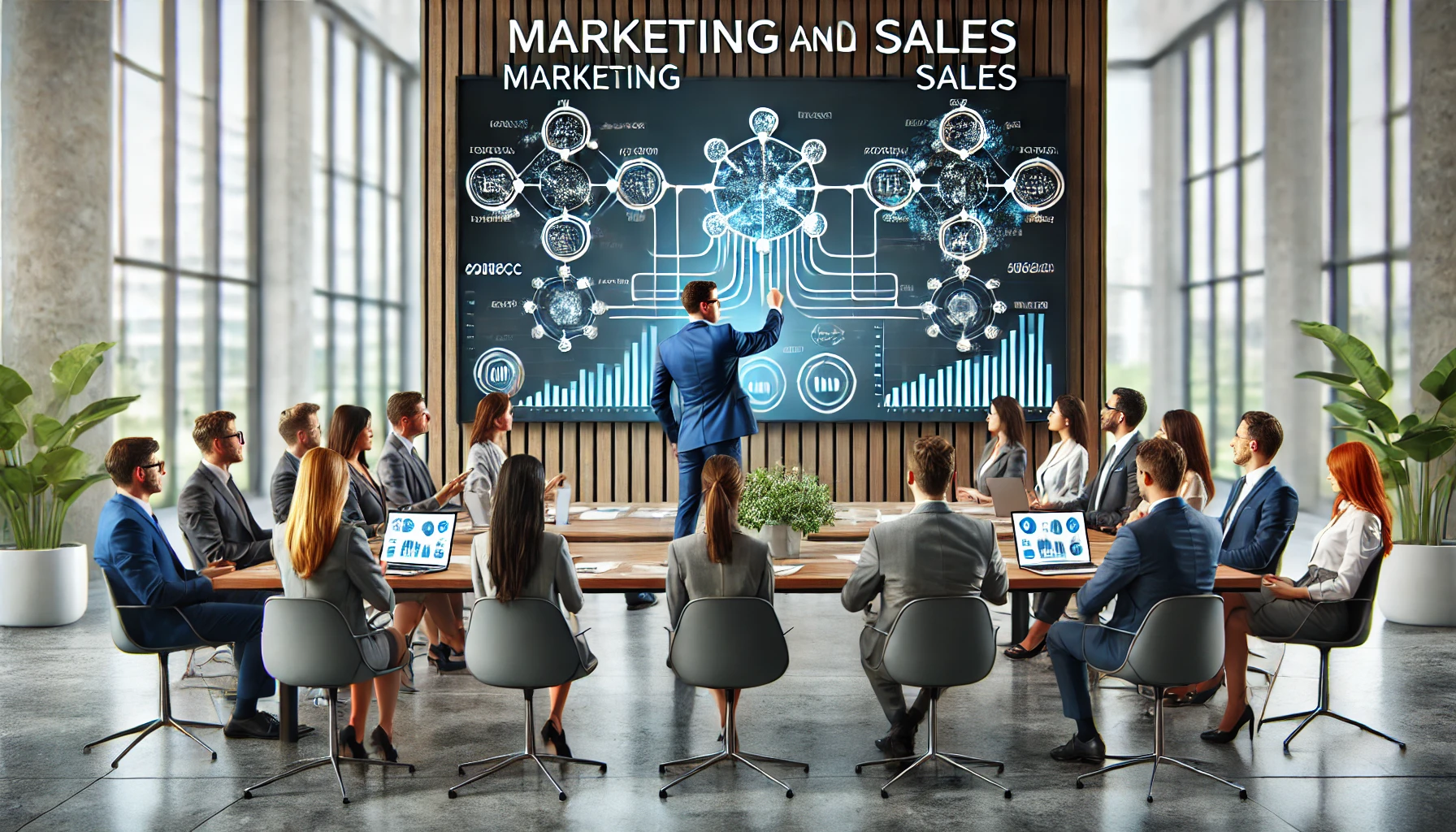Understanding the Customer Lifecycle: It’s More Than Just a Funnel
Gone are the days when the customer journey was just a straight line from awareness to purchase. In today’s complex marketplace, managing the customer lifecycle is about nurturing relationships, understanding unique needs, and turning one-time buyers into lifelong advocates. It’s a delicate dance that requires more than just clever marketing—it demands a strategic, data-driven approach that connects every touchpoint and maximizes value at every stage.
Let’s explore how you can master customer lifecycle management (CLM) and turn every customer interaction into an opportunity for growth.
1. The Acquisition Stage: Don’t Just Get Leads—Get the Right Leads
Acquisition is the first stage in the customer lifecycle, and it’s all about bringing new prospects into your orbit. But here’s the trick: It’s not just about getting leads; it’s about getting the right leads. Quality over quantity is key.
- Example: HubSpot’s inbound marketing strategy focuses on attracting high-quality leads through valuable content, SEO, and social media. They use lead magnets like eBooks and webinars to capture interest and then nurture those leads through automated workflows.
- Action Step: Define your ideal customer profile (ICP) and use data-driven marketing tactics—such as targeted ads, SEO, and content marketing—to attract high-quality leads. Use tools like HubSpot, SEMrush, or Google Analytics to analyze traffic and conversion data and refine your acquisition strategy.
2. The Engagement Stage: Make Every Interaction Count
Once you have a lead, the next step is to engage them effectively. Engagement is about creating meaningful interactions that build trust and move prospects further along the funnel. It’s the difference between a lukewarm lead and a potential customer who’s ready to buy.
- Quote from the Field: “Engagement is the currency of the digital economy,” says Seth Godin, marketing expert and author. “It’s not about how many you reach, but how many you truly connect with.”
- Action Step: Use email marketing, social media, webinars, and personalized content to engage prospects. Tools like Mailchimp, Marketo, and ActiveCampaign can help automate engagement through segmented campaigns that cater to specific customer interests.
3. The Conversion Stage: Turn Interest into Action
Conversion is the moment of truth. It’s where all your efforts pay off—or fall flat. But converting a lead into a customer isn’t just about having the best product or service. It’s about creating a frictionless path to purchase and addressing any objections or concerns that might stand in the way.
- Statistics: According to HubSpot, companies that excel at lead nurturing generate 50% more sales-ready leads at a 33% lower cost.
- Action Step: Streamline your checkout process, offer multiple payment options, and provide clear, compelling CTAs (calls to action). Consider using retargeting ads and dynamic content to keep leads warm and encourage conversion. Platforms like Shopify, WooCommerce, or ClickFunnels can help optimize your conversion strategies.
4. The Retention Stage: Keep Them Coming Back for More
Getting a customer to make a purchase is only half the battle. The real challenge is keeping them around. Retention is about delivering consistent value, excellent service, and experiences that keep customers coming back for more.
- Example: Amazon Prime is a textbook example of customer retention. By offering perks like free shipping, exclusive deals, and access to Prime Video, Amazon keeps customers locked into its ecosystem, driving repeat business.
- Action Step: Implement loyalty programs, personalized follow-up emails, and proactive customer support to retain customers. Use CRM tools like Salesforce or Zoho CRM to manage customer relationships and track retention metrics.
5. The Advocacy Stage: Turn Customers into Brand Ambassadors
The ultimate goal of CLM is to turn satisfied customers into advocates who promote your brand through word-of-mouth, reviews, and social sharing. Advocacy is the stage where you get customers so excited about your brand that they do your marketing for you.
- Quote from the Field: “People trust people, not ads,” says Jonah Berger, author of Contagious: How to Build Word of Mouth in the Digital Age.
- Action Step: Encourage advocacy by creating referral programs, requesting reviews, and engaging with your customers on social media. Tools like ReferralCandy, Influitive, and Yotpo can help streamline your advocacy efforts.
6. Use Segmentation to Tailor Your Approach
One size does not fit all when it comes to customer lifecycle management. Segmenting your customers based on behaviors, preferences, purchase history, and demographics allows you to tailor your approach to meet each group’s unique needs.
- Statistics: According to Mailchimp, segmented campaigns have an open rate that is 14.31% higher than non-segmented campaigns.
- Action Step: Use data analytics tools like Google Analytics, Adobe Analytics, or Hotjar to identify key customer segments. Develop customized marketing strategies and content for each segment to maximize engagement and retention.
7. Leverage Automation to Stay Efficient and Scalable
Managing the customer lifecycle manually is impossible at scale. To handle the volume and complexity, leverage automation tools that streamline workflows, nurture leads, and ensure consistent communication across all stages of the lifecycle.
- Example: Netflix leverages automation to personalize content recommendations based on viewing habits, ensuring that every interaction is tailored to the individual user. This not only boosts engagement but also improves customer retention.
- Action Step: Automate repetitive tasks using marketing automation tools like HubSpot, ActiveCampaign, or Pardot. Set up automated email sequences, retargeting campaigns, and CRM workflows to maintain engagement and nurture leads throughout their journey.
8. Measure and Optimize: The Continuous Improvement Loop
The customer lifecycle isn’t a set-it-and-forget-it process. To ensure maximum effectiveness, you need to continuously measure performance and optimize your strategies. This involves tracking key metrics, identifying trends, and making data-driven adjustments.
- Statistics: A study by Forrester found that companies that optimize the customer journey see a 20% increase in customer satisfaction and a 15% growth in revenue.
- Action Step: Use tools like Google Analytics, Mixpanel, or Tableau to track KPIs such as Customer Lifetime Value (CLV), churn rate, Net Promoter Score (NPS), and conversion rates. Regularly review your data, identify areas for improvement, and iterate on your strategies.
Final Word: Turn the Customer Lifecycle into a Growth Engine
Mastering customer lifecycle management means treating every stage—from acquisition to advocacy—as an opportunity to build relationships and drive growth. By understanding your customers, leveraging data, and using the right tools, you can transform one-time buyers into lifelong brand advocates.

Ready to optimize your customer lifecycle management and drive sustainable growth? At KR1STNA Media, we specialize in developing data-driven strategies that enhance every stage of the customer journey. Contact us today to get started!


